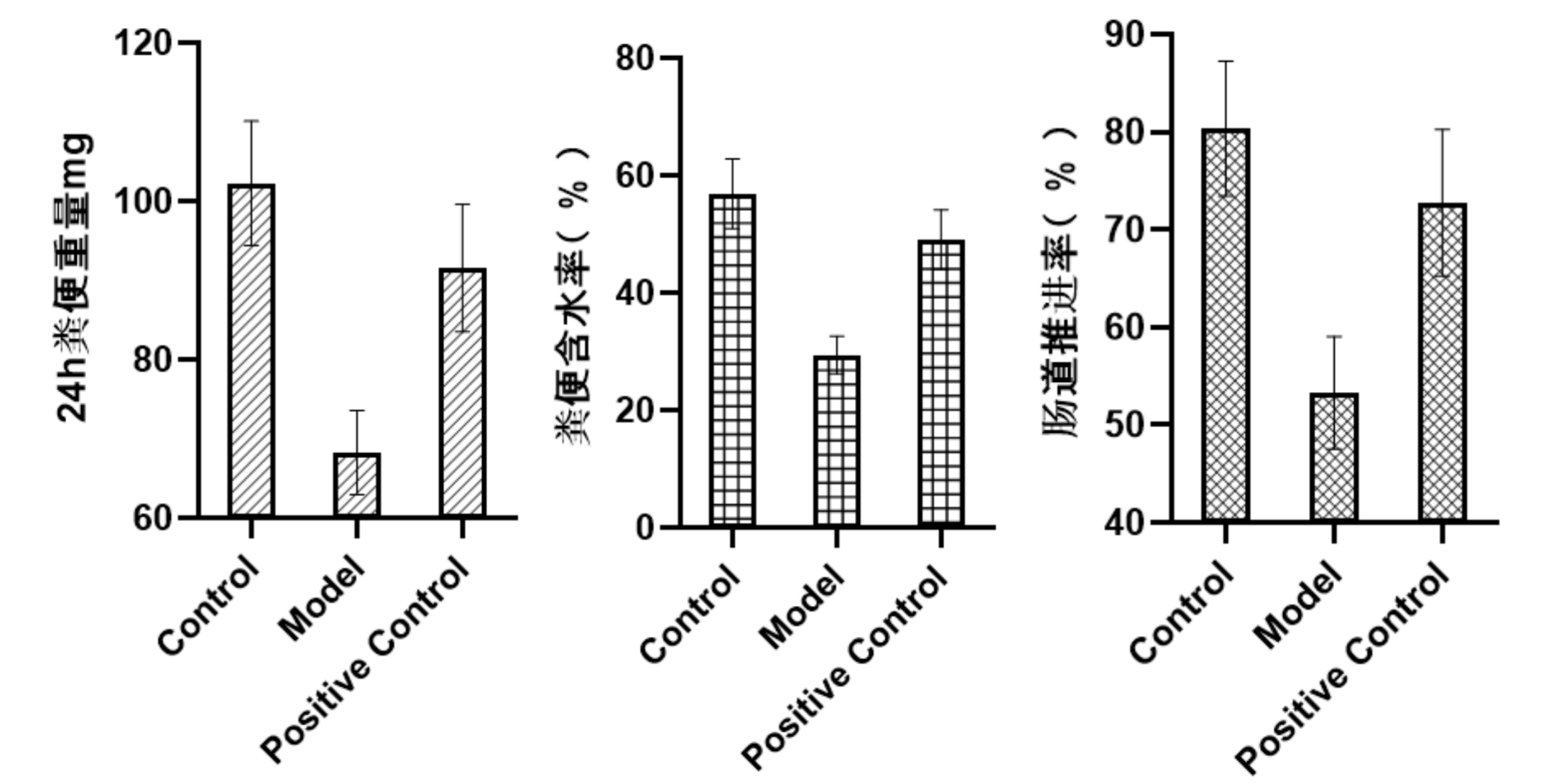Slow Transit Constipation (STC) Model


Slow Transit Constipation (STC) Model
Huateng Bio offers validated slow transit constipation models in C57BL/6 mice. Features loperamide-induced hypomotility, mosapride responsiveness, and carmine red transit testing.
Model Description
Slow transit constipation (STC) is a functional gastrointestinal disorder characterized by delayed colonic motility, reduced bowel movements, and hardened stools due to excessive water absorption. Our loperamide-induced STC model replicates human pathophysiology through:
- Opioid receptor-mediated gut hypomotility
- Reduced fecal output (≥50% decrease vs controls)
- Increased colonic transit time (≥2x baseline)
Clinical Relevance:
✓ Mimics refractory STC: Poor response to conventional laxatives
✓ Drug development utility: Validated with prokinetic agents (e.g., mosapride)
Applications
• Prokinetic drug efficacy evaluation
• Enteric nervous system (ENS) function studies
• Gut microbiome-motility interaction research
• Novel laxative mechanism exploration
Modeling Protocol —— 14-Day Loperamide Induction
1. Group Design:
- Normal Group: 0.5% CMC-Na solution (oral gavage)
- Model Group: Loperamide HCl 5 mg/kg (oral gavage)
- Treatment Group: Loperamide + mosapride (post 3h administration)
2. Procedure:
- Days 1-14: Daily dosing (9:00 AM)
- Fecal monitoring: Collect 24h output on Days 7/14
3. Terminal assessment: Intestinal transit rate via carmine red dye
Validation & Testing
|
Category |
Parameters |
|
Fecal Analysis |
• 24h fecal pellet count ∙ Fecal water content (%) |
|
Intestinal Motility |
Carmine red transit rate: Distance traveled (%) / Total intestinal length |
|
Histopathology |
H&E staining: Colonic mucosal thickness ∙ Goblet cell density |
|
Molecular Analysis |
qPCR: 5-HT4 receptor ∙ Aquaporin-3 expression |
Technical Advantages
|
Feature |
Our Model |
Alternative Models |
|
Disease Specificity |
Targeted μ-opioid receptor inhibition |
Non-specific obstruction models |
|
Intervention Window |
14-day reversible phase |
Acute models (≤7 days) |
|
Translational Value |
Validated with mosapride (5-HT4 agonist) |
Limited drug correlation |
Data

Figure 1 Comparison of 24-hour feces output, fecal water content (%), and intestinal propulsion rate (%) among mice in various groups



